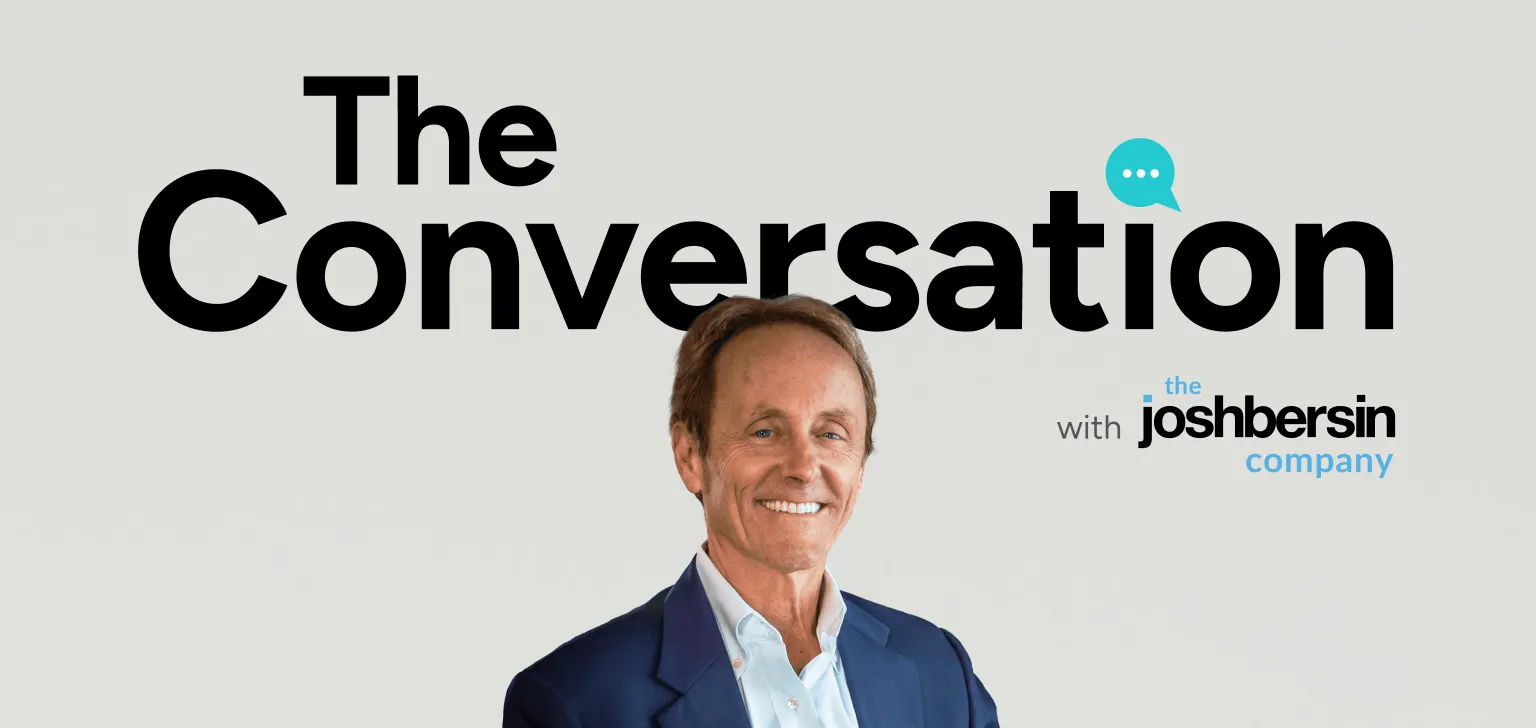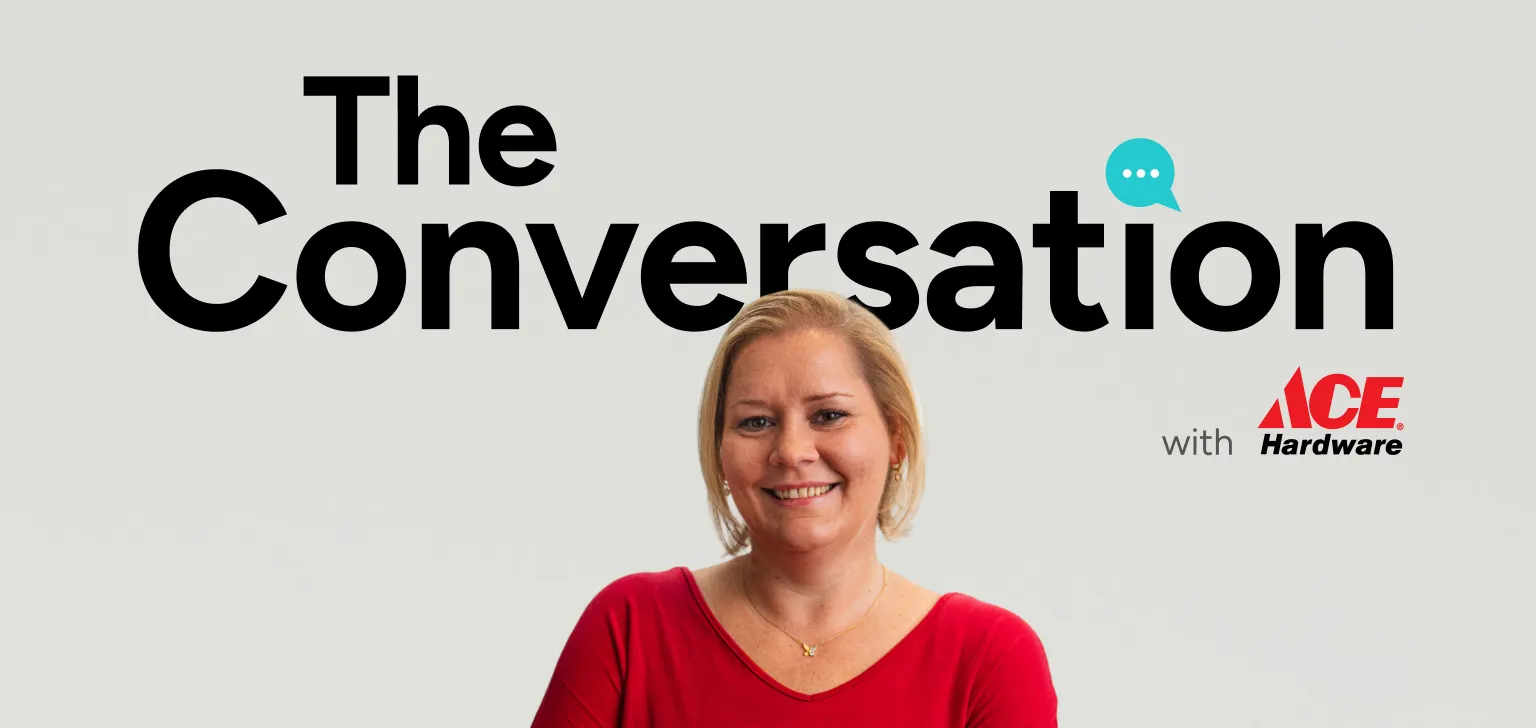Congratulations, hiring is back! I think. Probably. Maybe?
In many ways, things do seem to be working again. From a thousand foot view, the world appears mostly normal. So why doesn’t it feel normal when it comes to hiring? It’s almost like now that we’ve achieved the normalcy we’ve all been waiting for, we need help navigating it … without directions.
As entire industries have leaped on board to fully remote work, hourly hiring has become more complex. In January 2022, The Job Openings and Labor Turnover report from the Bureau of Labor Statistics published all-time-high turnover rates, with a staggering 3% quit rate alone. Turnover is higher than ever, but jobs are increasing, and the unemployment rate is falling … so what the heck is actually going on?
People aren't just quitting. They’re quitting with intention.
More than ever, hourly workers have options for where and how they will work. If you’re not fast, easy, friendly, and modern, you’re probably not going to win. Not only will your talent quit for something they deem better, most candidates will drop off your hiring process before getting hired in the first place.
Or before the interview.
Or before the application.
Or … yeah, you get the idea.
So how do you fix candidate drop-off? Well, how about building a candidate experience so streamlined, so efficient, that candidate’s don’t even have the chance to drop off?
This means automating conversations with AI and cutting out friction, while also — and this is pretty crucial — not sacrificing the details and thoroughness that will cost you in the long run (according to the US Department of Labor, the price of a "bad hire" is, on average, 30% of the worker's annual salary).
So yes, hiring is back — here are three ways you can eliminate hourly candidate drop-off to start taking advantage of it.
How to get hourly candidates through screening.
We know that 60% of online job seekers will abandon the application process due to length or complexity. Common knowledge, then, would be that if you shorten applications (and remove things like logins and passwords) that drop-off will decrease. And you’d be right.
But let’s take it a step further: no applications, period.
Not in the traditional sense, at least. A conversational hiring AI assistant transforms applications into conversations, allowing a candidate to apply in a few minutes — with just a few questions — right on their mobile device. This process removes the now archaic, almost foreign concept of an online application and replaces it with something natural and familiar: a casual text chat.
The end result is a massive decrease in drop-off rate and an uptick in candidate satisfaction. For example, GoWireless (an authorized Verizon retailer) is seeing a 92% candidate conversion rate using their conversational assistant Olivia to screen candidates.
“Olivia is our leg up in hiring," said Derek Braun, GoWireless staffing and recruiter manager. "It's not possible to otherwise achieve what we've been able to accomplish at scale without Olivia."
How to get candidates to an interview.
In a traditional hiring process, post-apply is where things really tend to go haywire — on both sides of the experience. Canned responses, spam folders, waiting, phonetag, calendar gymnastics, more waiting … this communication merry-go-round is never fun and almost always leads to drop-off.
We’ve been talking about “ghosting” and the “blackhole” for ages, but most companies haven’t taken the steps to effectively eradicate them, even when 52% of candidates say lack of response is their biggest frustration when seeking a job.
Let’s go back to the screening experience enabled by the conversational assistant. After qualifying a candidate via a simple conversation, the next step isn’t to bury the candidate’s information in the inbox of the recruiter or hiring manager. Instead, the assistant smartly syncs with their calendar to pull in open interview times for the candidate to select from, and then automatically places the selected time on both parties’ calendar. Any cancellations or changes are also automatic and can be handled instantly, 24/7.
So now you’re going from a completely manual, often time-consuming, laborious, and drawn out process to something lightweight and instant — there’s simply no opening for a candidate to drop off. More importantly, there’s no reason for them to. GoWireless, who saw that high conversion rate in the application process, is also seeing 91% of those candidates accept a scheduled interview. The kicker is that it’s all happening within 30 minutes.
How to get hourly candidates to their first day.
Here’s a soul-crushing stat: 22% of job seekers accept an offer but don’t show up on their first day of work.
But the hard truth is that it’s largely the employer’s fault. After someone accepts an offer, communication and care is often divested and rerouted to the next wave of candidates. Details, like onboarding materials, directions, and even start date, fall to the wayside. And the result is more candidate drop-off, even though you were under the impression that the candidate was now an employee.
It’s here where a conversational assistant serves as a guide, ensuring your new hire gets to where they need to go. They can automatically send everything from tedious tax documents to gently reminding new hires to show up for their training or first day on the job. Not sure how to get to the location? Also, not a problem. The follow-up capabilities of artificial intelligence include texting candidates directions for where to go and what time to be there and can even be configured to remind the candidate what to wear on their first day at work.
For … everything else.
We often say that hiring is a people game. And it is. But it’s also undeniably a numbers game. The more qualified candidates you can get through each stage of the hiring process, the higher your chances of landing talent that will be a long term, valuable contributor.
Think of a conversational assistant as the bridge tightening your process and closing gaps, ensuring candidates make it safely from one stage to the next. A virtual hiring assistant can make screening short and simple, scheduling automatic, and details and logistics 24/7, even post-hire.
Drop-off is always going to exist. But with the right tech, the right approach, it’s more of a crack in the sidewalk rather than an all-consuming fissure.









